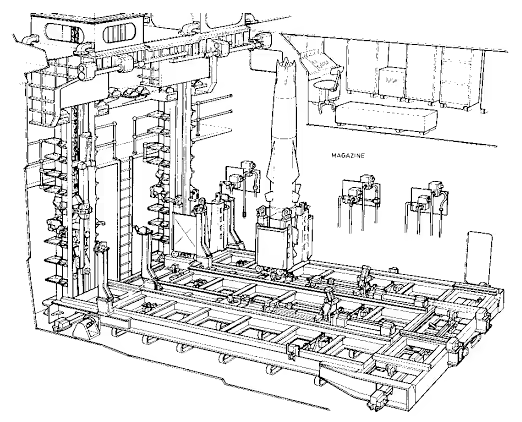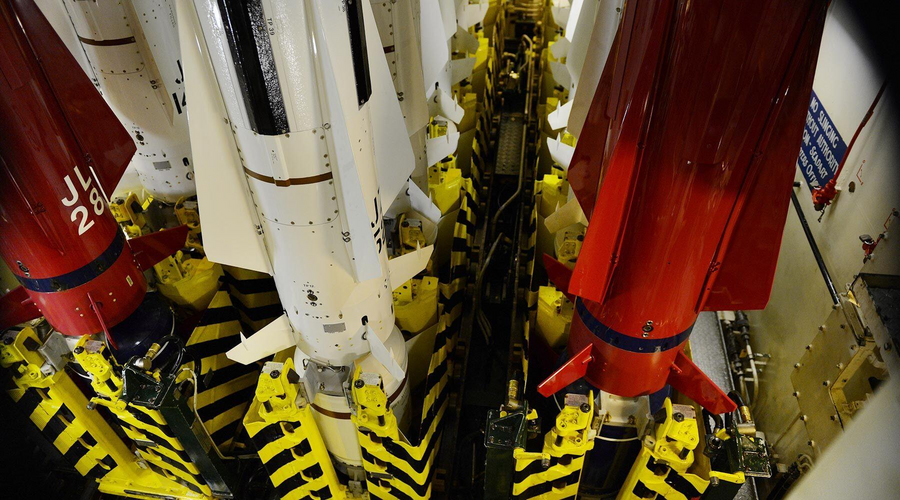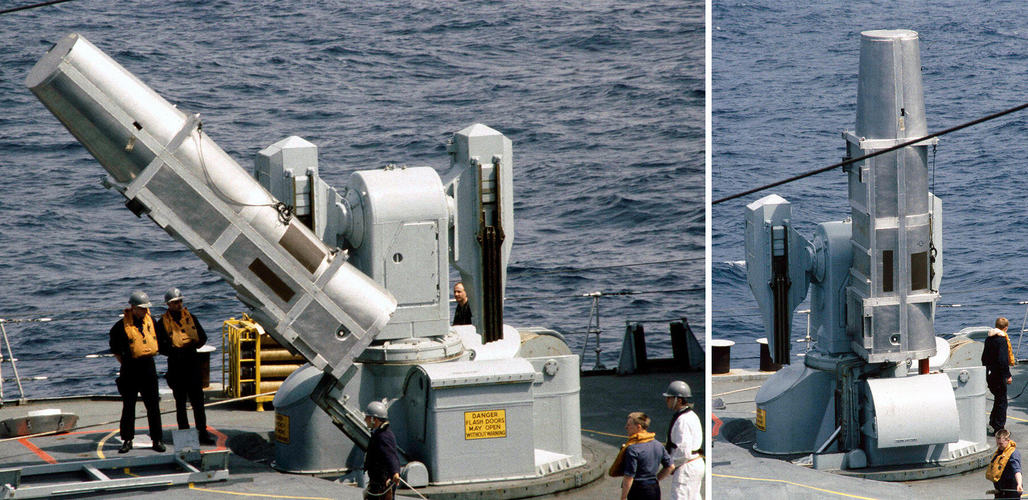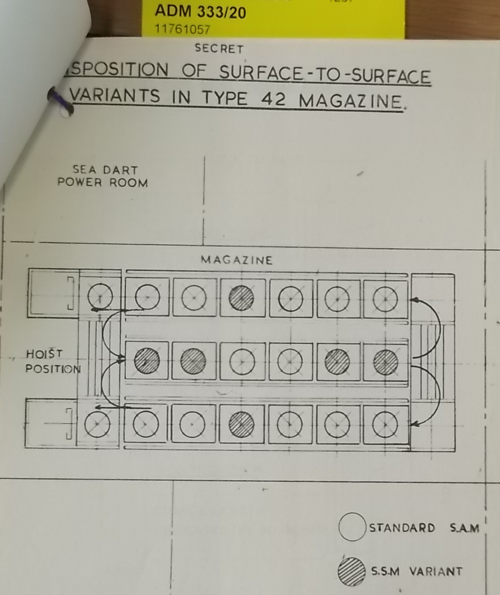A Tentative Fleet Plan
I really should change my personal text
- Joined
- 9 April 2018
- Messages
- 1,201
- Reaction score
- 2,776
Then we start the development of the Type 22's to provide command and control for complex ASW missions and eventually the towed array sonar. The biggest problem the T22 had with that mission was their gas turbine machinery which limited the use of towed array, noisy brutes. So more Leanders are chopped up so their quiet steam propulsion can get more from towed array. But they are so small they get stripped of pretty much everything else. So you have two ships required to operate the towed array, command systems and a smaller aviation complement. Expensive way of doing business into the 80s and 90s.The problem is that the Counties were designed around the Seaslug missile, and missiles become obsolete much faster than warships. Seaslug was very much first generation, and much better alternatives came along fairly quickly.
So what to do with the Counties? Not a lot. You could have rebuilt them to take much more modern missiles, but that would have been expensive, and they were very large vessels for their role.
You would be better off starting again from scratch.
Gas Turbines are quieter than Steam Turbines (and Diesels), and the sound they emit is at higher frequencies and therefore propagates less (not to mention using bleed air from the compressors for Masker and Prairie/Agouti), that's why they were selected for the Type 22s and Spruances, minimal acoustic signature being strict requirements for both.
Last edited:





